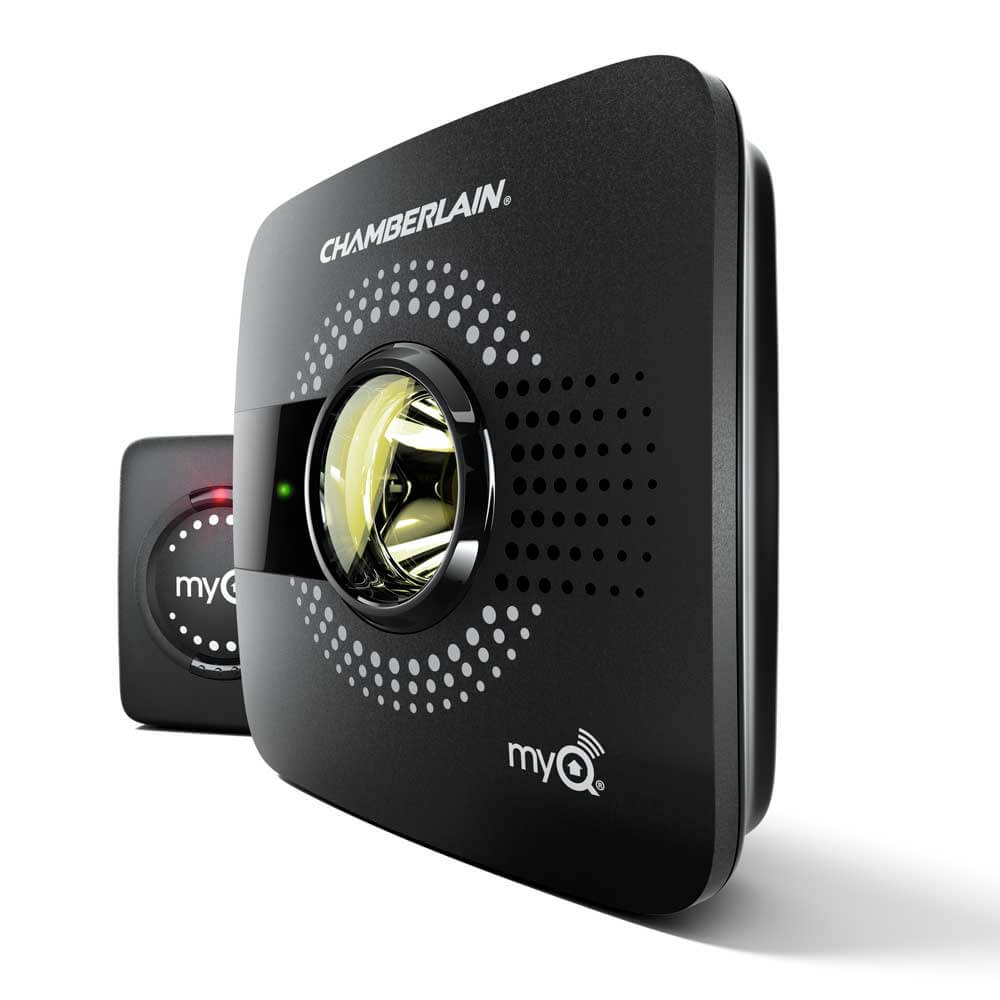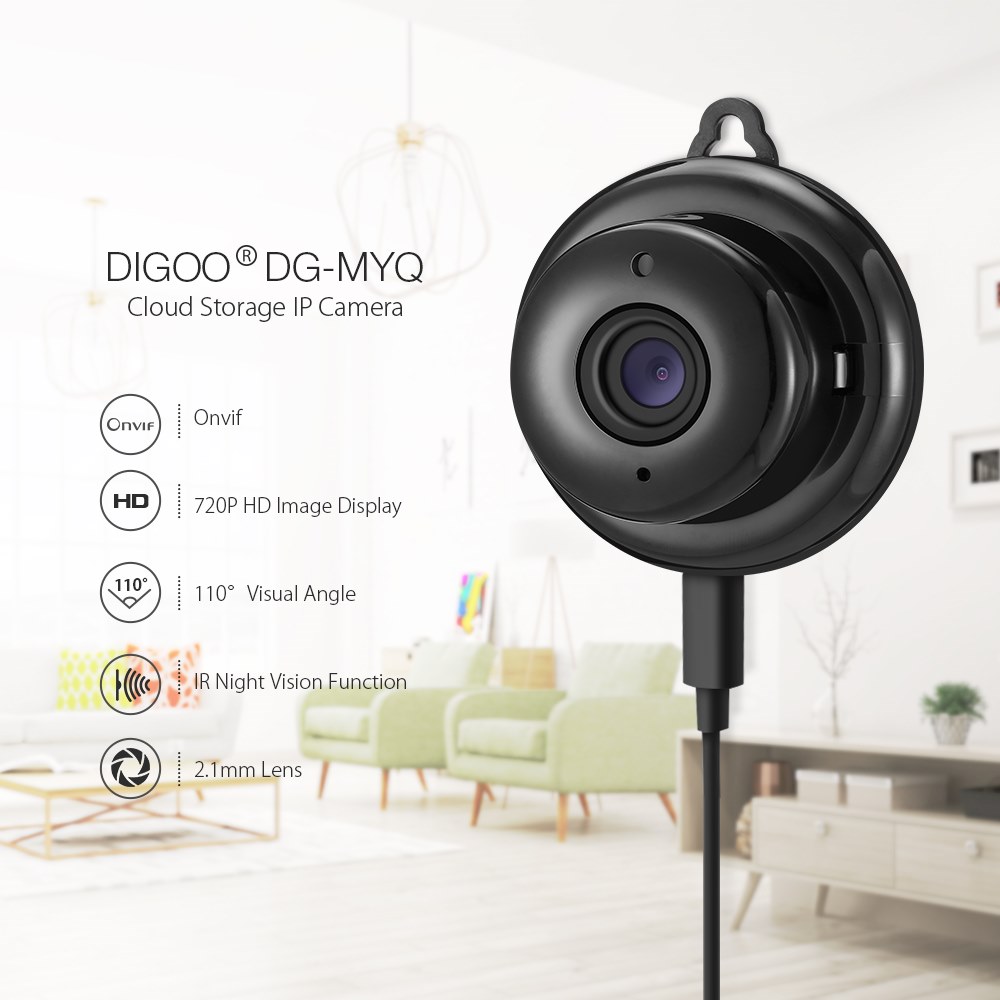

The plugin (as of v1.0) generates Indigo 7 broadcast messages for use by other plugins.OK. Reacting to triggered events or state changes is the most likely use-case. The final condition indicates that the alarm panel attempted to arm itself but a zone was not ready to arm. If the panel fully supports the specification the plugin may also be able to inform Indigo about battery state changesĪ compliant panel should also be able to inform Indigo about mains power state changes tooĮach zone also has a single state which can be any one of the following conditions: General behaviours could be triggered against the Alarm! state and specific activities executed based on the type of alarm. As such a compliant alarm panel should notify Indigo of an alarm state and then inform it of a specific alarm type.

According to the specification an alarm signal should be sent on the C-Bus network before a specific alarm type message is sent. The primary panel state provides the following states. The security feature of this plugin supports events for every device state listed below so you can choose to react to events or device state changes depending on your preference. The plugin is READ-ONLY and therefore cannot be used to arm/disarm. The Group Name specified in the Toolkit will be used to name your zones. This activity must be undertaken for the plugin to find and create your devices. Once this has been enabled simply add the application to your project and create your groups. Use File -> Preferences -> Compatibility to enable legacy applications. It should be noted that the C-Bus Toolkit must be used to create groups under application 208 for each zone associated to the alarm. Security support should be enabled via the plugin configuration. An alarm panel which supports this specification will be observed by the plugin and associated devices created in Indigo. SecurityĪs of version 0.0.2 this plugin also provides support for the security application (208). Hello, Is it possible to use keypads or 8 scene mini remotes to trigger HS events using the Insteon Hub, HS3 (perhaps 4 in the future) and you Plugin I bought the thing just thinking it should work (waiting for delivery) and bought an 8 scene mini remote and open/close sensors to test. Please note that the plugin does pay attention to the Target value configured in the unit. The physical unit ID would be the address you used in C-Bus Toolkit. Create a new device of type "C-Bus Light Sensor" and enter the physical unit ID of the device. The method to collect this data is by querying the physical unit directly and therefore the plugin cannot automatically determine their existance. Version 1.0.21 introduces support for 5031PE light sensors and any other Clipsal C-Bus sensor which exposes a LightLevel parameter to C-Gate. Simply wrap your python expression in $C" Light Sensors You can monitor for on/off/any changes.įinally, there is a very simple templating engine in the plugin to interpolate indigo state into your DLT labels. If it cannot guess (which means it cannot determine the unit type which is supporting the group) it will default to a dimmer channel.Ī single "Group Manually Changed" trigger is available for application 56 which enables you to monitor for human initiated group changes from a switch (e.g. The plugin dynamically generates devices for each lighting group and will attempt to determine if the group is associated to a dimmer or relay channel. This plugin supports simple operations for application 56: A Clipsal C-Bus plugin for Indigo Domotics Indigo 7 Lighting


 0 kommentar(er)
0 kommentar(er)
